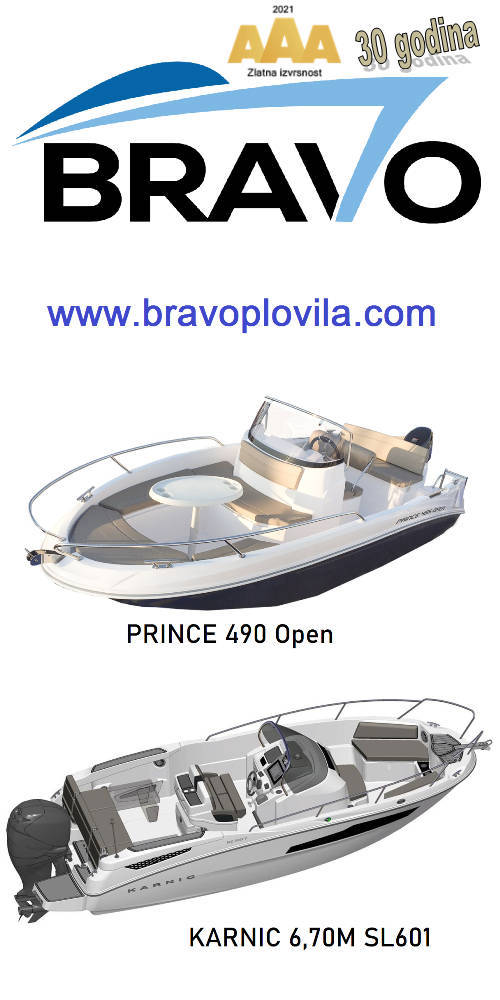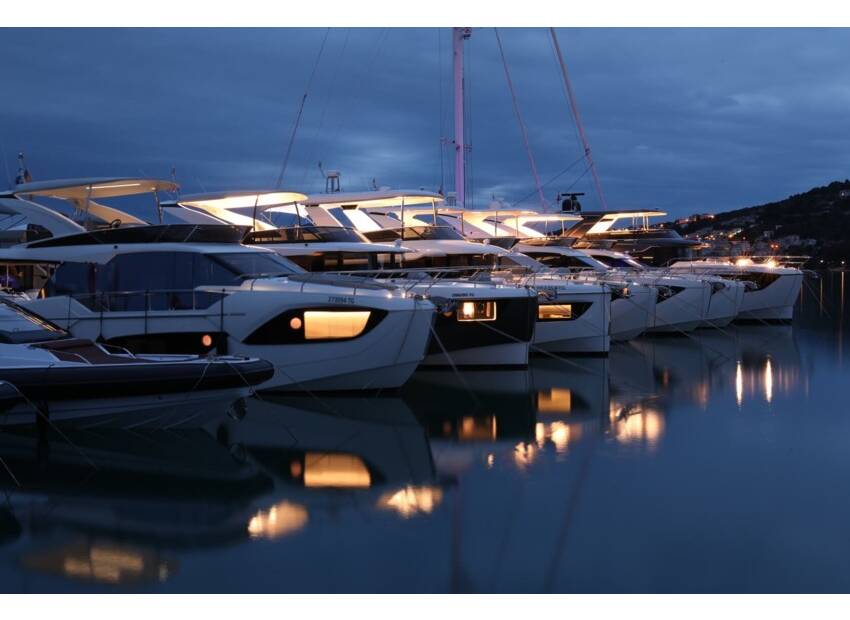Finding the Boat That Fits
Standing in a dealer’s showroom or strolling the aisles at a boat show, with fully-loaded display boats at every turn, can be overwhelming if you are not prepared. Before you buy, make sure that the boat you’re considering will serve your purposes. Where will you be boating? Some boats are designed for ocean use, while others are more suitable for a quiet lake. What are your family’s interests? Do you want to water-ski, to fish, or simply go cruising?
Will you be happy with a large boat kept in one homeport? Or, do you want the freedom to explore different boating areas with a small trailerable boat? Where will your boat be stored? Will you be allowed to park your trailered boat at home? Does your previous boating experience match the skills needed to operate the boat you want to buy?
Finally, don’t rush the buying process, especially if you’re a novice boater. Boating entails much more than simply turning on the key and pulling away from the dock. It’s a different environment and the more time and effort you put into the proper selection of a boat, the more you will get out of it.
New or Used?
Personal finances are often a key factor in the decision to buy a new or used boat. However, other factors should be considered.
After-sale service — or lack of it
The retail cost of a new boat includes the cost of providing warranty service. When a used boat is sold “as is,” the only thing that’s guaranteed is that the buyer will pay to fix any problem that crops up.
Financing
New and used boats are treated equally in terms of interest rates and down payments. However, expect some extra financing hurdles if you’re buying a boat over 15 years old or one that requires a lot of repairs.
Depreciation
Depreciation on new boats is at its highest during the first season of use. However, depreciation on a used boat kept in good condition should level out with proper maintenance and equipment improvements.
Beauty may be only skin deep
Cosmetic flaws caused by age and wear are hard to hide when a boat hasn’t been properly cared for, but structural defects and mechanical problems are harder to detect. Ask the owner’s mechanic for the repair history. Have the boat surveyed. Similarly, the owner of a new boat could also be testing uncharted waters. Dealers say an average of a dozen problems, both big and small, crop up on every new boat they sell.
Prices
Boat show “specials”
Boat shows are great places to find low prices, but show “specials” may be no bargain if the dealer doesn’t maintain a service shop or is located hundreds of miles away when repairs are needed. Try getting a good deal on a new boat after the boat show season, but also look for good deals on new “leftover” models sitting unsold on dealers’ lots from previous years.
The profit margin
When it comes to bargaining, keep in mind that, although mark-up rates vary according to dealer volume, commissions on new boats are generally 10-20% over factory cost. After-market equipment installed by the dealer is marked up roughly 40% and labor about 25%. The going dealer commission rate on used boats is 10%, so buying directly from an owner can reduce costs.
How do you know it’s a fair price?
BUC, NADA and ABOS used-boat price guides found at libraries, in dealer showrooms and marine stores give high and low retail prices for each model year. In addition, they give price adjustments for physical condition, engine options, and geographical location. But, classified ads may be better indicators of boat prices in your area. Monitor prices over a one- or two-month period to get an accurate picture. Finally, have your boat inspected before purchase. A marine surveyor will give a valuation as part of a written report.
BoatUS news release
Following - The Cost Of Owning A Boat, Surveys & Sea Trials, Written Warranties






















